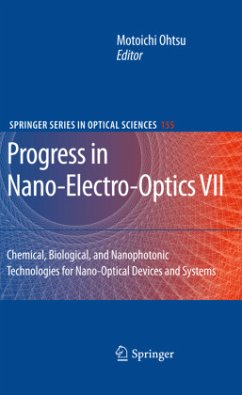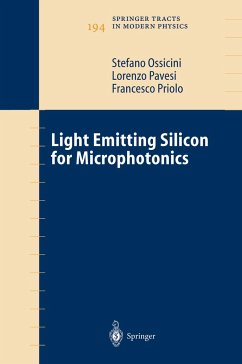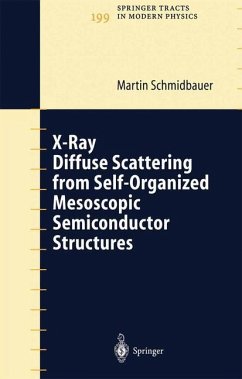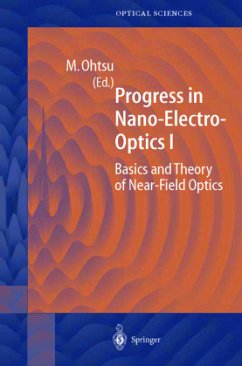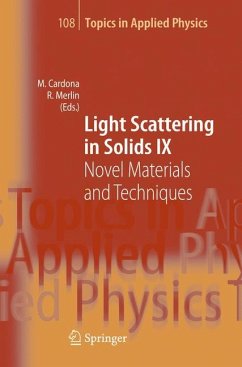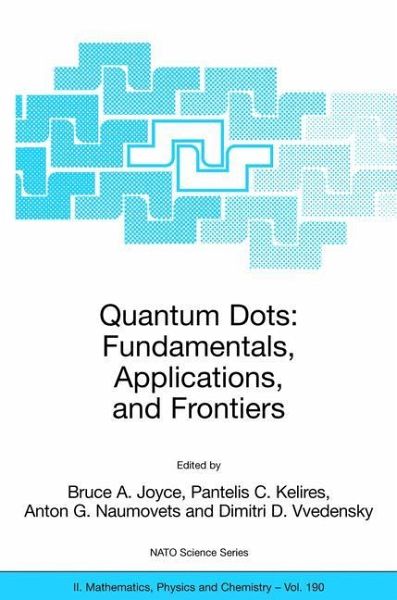
Quantum Dots: Fundamentals, Applications, and Frontiers
Proceedings of the NATO ARW on Quantum Dots: Fundamentals, Applications and Frontiers, Crete, Greece 20 - 24 July 2003
Herausgegeben: Joyce, Bruce A.; Kelires, Pantelis C.; Naumovets, Anton G.
Versandkostenfrei!
Versandfertig in 1-2 Wochen
229,99 €
inkl. MwSt.

PAYBACK Punkte
115 °P sammeln!
The morphology that results during the growth of a material on the substrate of a different material is central to the fabrication of all quantum heterostructures. This morphology is determined by several factors, including the manner in which strain is accommodated if the materials have different lattice constants. One of the most topical manifestations of lattice mis?t is the formation of coherent thr- dimensional(3D)islandsduringtheStranski Krastanovgrowthofahighly-strained system. The prototypical cases are InAs on GaAs(001) and Ge on Si(001), though other materials combinations also exhib...
The morphology that results during the growth of a material on the substrate of a different material is central to the fabrication of all quantum heterostructures. This morphology is determined by several factors, including the manner in which strain is accommodated if the materials have different lattice constants. One of the most topical manifestations of lattice mis?t is the formation of coherent thr- dimensional(3D)islandsduringtheStranski Krastanovgrowthofahighly-strained system. The prototypical cases are InAs on GaAs(001) and Ge on Si(001), though other materials combinations also exhibit this phenomenon. When the 3D islands are embedded within epitaxiallayers of a material that has a wider band gap,the carriers within the islands are con?ned by the potential barriers that surround each island, forming an array of quantum dots (QDs). Such structures have been produced for both basic physics studies and device fab- cation, including QD lasers and light-emitting diodes (LEDs) operating at the c- mercially important wavelengths of 1.3 µ m and 1.55 µ m. On a more speculative level, QD ensembles have been suggested as a possible pathway for the solid-state implementation of a quantum computer. Although some of the principles of qu- tum computing have been veri?ed by other means, the practical utilization of this new computingparadigmmay warrant some sort of solid state architecture. QDs are seen as possible components of such a computer, as evidenced by a number of papersappearingintheliteratureproposingQD-basedarchitecturesandworkshops that are being organized to explore these possibilities.







